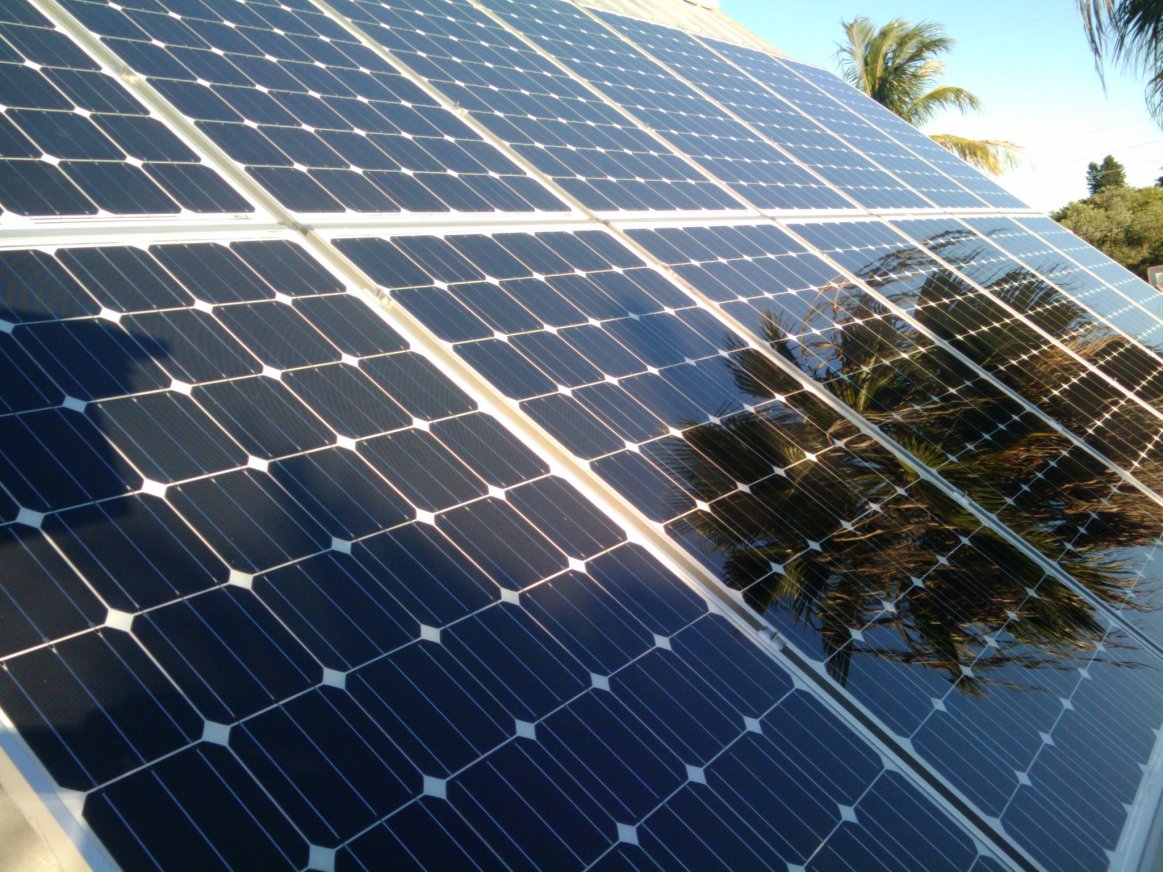
Shading within PV installations is sometimes unavoidable, so carefully planning around it is imperative in consideration of string sizing for maximum efficiency. Stringing layouts are designs that minimize the effect of localized shading. This approach is often overlooked in the system design phase. If there is significant shading on a site, strings with fewer modules may help production to a degree. If this is the case, by selecting modules with higher operating voltages paired up with inverters having low maximum power point tracking (MPPT) voltage ranges, you can facilitate designs with a greater number of strings with fewer modules each. This tactic allows for these localized areas with shading, ton be isolated to affect only one string at a time, all the while leaving the maximum number of modules possible unaffected. The end result is a system designed to optimize production.
It is a good idea to layout the stringing of the arrays so that modules of a single string will be shaded at a given time. When cells in a module have become shaded, the current through each cell is reduced. With a marginal amount of shade, a string continues to operate near its maximum power point (MPP). However, if enough of a modules cells become shaded, the bypass diodes in the module are triggered, allowing the full current from the unshaded cells to pass around the shaded portion of cells. This comes at a cost because the voltage will now be considerably reduced. However, when multiple strings connect to one inverter, the string with the bypassed cells operates at the MPPT voltage of the unshaded strings, above the new (lower) MPPT voltage. That string will neither produce maximum current or maximum voltage. The shaded cells drag down the production of the entire string, because the string can only produce as much current as its weakest module. To recap, with a marginal amount of shading on a string, the shaded string continues to operate near its MPP but produces less current. With an increased amount of shading on a string, the shaded string operates far below its MPP, with drastically reduced current. In either event, the reduced current is isolated to a single string, while the other strings continue to operate very close to the MPP. The shading losses are then limited to a single string. If the strings are relatively short with fewer modules in each string, losses are further reduced because there are more unshaded strings and full-power modules operating within the system.
In order to achieve this design goal of limiting the shading effect to the fewest strings possible. you need to consider the type of shading. If shading comes from a very tall, thin object to the South (this could be a utility pole or a neighbors flag pole), the shadow from the object moves from West to East across the array during the day. Therefore, strings should be arranged in a North-South orientation, so that the maximum possible quantity of strings is entirely unshaded at any given time. However, if shading should come from a shorter, wider object to the South (this might be a parapet wall or a neighboring structure), the shadow on the array covers the entire array at sunrise, and will then move away from North to South until noon, and then will move back from South to North in the afternoon. In this instance, strings should be arranged in an East-West fashion, so that the uppermost strings can be completely unshaded for as much of the day as possible during the seasons.
To see the impact shade has on the current and voltage of an individual cell, follow the link below from http://www.pveducation.org/ and try shading different portions of the cell.